You face a critical choice when comparing data lakehouse vs data warehouse. The main differences lie in how each handles data types, analytics, and storage costs. Data warehouses focus on structured data and traditional BI, while data lakehouses support diverse data and advanced analytics. Adoption is growing rapidly—large enterprises hold 71% of the market and the sector expects a 23.2% CAGR. FineDataLink helps you integrate and manage your data, no matter which architecture you choose. Consider your current data challenges as you explore these options.
Data Lakehouse vs Data Warehouse Overview

When you compare data lakehouse vs data warehouse, you see clear differences in how each architecture handles data, supports analytics, and manages storage. Understanding these differences helps you choose the right solution for your business intelligence and data integration needs.
Architecture
You encounter two distinct approaches when you look at the architecture of data lakehouse vs data warehouse. A data warehouse uses a central repository designed for structured data. You define the schema before loading any data, which ensures consistency and reliability for business intelligence tasks. In contrast, a data lakehouse combines the flexibility of a data lake with the reliability of a warehouse. This unified platform supports both structured and unstructured data, allowing you to store raw information and process it as needed.
Here is a side-by-side comparison of the core architectural features:
| Feature | Data Lakehouse | Data Warehouse |
|---|---|---|
| Structure | Unified platform for both data lake and warehouse | Central repository for structured data |
| Data Handling | Supports both structured and unstructured data | Primarily handles structured data |
| Transactions | Supports ACID transactions | Supports ACID transactions |
| Schema Definition | Schema can evolve over time | Schema must be defined before data is written |
| Performance Features | Includes indexes, data caching, and time travel | Optimized for BI queries with tables and indexes |
| Cost-Effectiveness | More cost-effective and scalable storage | Typically more expensive due to rigid structure |
You benefit from the flexibility of a data lakehouse if your organization needs to manage a wide variety of data types and adapt to changing requirements. A data warehouse works best when you need strict control over structured data and predictable analytics performance.
Data Types
The types of data you can store and analyze play a major role in your choice between data lakehouse vs data warehouse. A data warehouse focuses on structured data, such as tables from transactional systems or spreadsheets. Some modern warehouses support semi-structured data, but they struggle with unstructured formats like images, videos, or raw logs.
A data lakehouse, on the other hand, supports a much broader range of data types. You can store structured, semi-structured, and unstructured data in one place. This flexibility allows you to run advanced analytics, machine learning, and real-time processing on diverse datasets.
| Data Type | Data Lakehouse | Data Warehouse |
|---|---|---|
| Structured | Yes | Yes |
| Semi-structured | Yes | Yes |
| Unstructured | Yes | No |
- Data lakehouses support:
- Structured data (tables, relational databases)
- Semi-structured data (JSON, XML)
- Unstructured data (text, images, audio, video)
- Data warehouses primarily support:
- Structured data
- Some semi-structured data
You gain a significant advantage with a data lakehouse if your business needs to analyze raw logs, multimedia files, or data from IoT devices. If your focus remains on traditional business reporting, a data warehouse may meet your needs.
Storage
Data storage methods differ greatly between data lakehouse vs data warehouse. A data warehouse stores data in a highly structured format, often using proprietary storage systems optimized for fast queries and reporting. This approach delivers high performance for business intelligence but can become expensive as your data grows.
A data lakehouse uses scalable, cost-effective storage that supports structured, semi-structured, and unstructured data. Technologies like Delta Lake or Apache Iceberg enable features such as ACID transactions, schema evolution, and data versioning. You can store large volumes of raw data at a lower cost and process it as needed for analytics or machine learning.
| Storage Mechanism | Data Lakehouse | Data Warehouse |
|---|---|---|
| Data Types | Structured, semi-structured, unstructured | Primarily structured |
| ACID Transactions | Yes, via Delta Lake format | Yes |
| Cost Efficiency | More cost-efficient | Generally more expensive |
| Flexibility | High, supports various data types | Limited, struggles with unstructured data |
| Use Cases | Machine learning, BI, streaming | BI, reporting, analytics |
You can reduce data ingest compute costs by up to 95% with a data lakehouse compared to a traditional data warehouse. Modern data lakes offer interoperability and lower total ownership costs, making them attractive for organizations with large and diverse datasets.
Tip: If you want to streamline your data integration and management across both architectures, consider using a platform like FineDataLink. It supports real-time data synchronization, ETL/ELT, and connects to over 100 data sources, helping you build efficient data pipelines for any data storage methods.

Data Lakehouse vs Data Warehouse: What is a Data Warehouse

A data warehouse serves as a central hub where you gather and organize data from different sources for analysis and reporting. Leading authorities describe a data warehouse as a digital repository that collects, stores, and manages structured data to support business intelligence and data analytics. You can see how experts define it in the table below:
| Source | Definition |
|---|---|
| Domo | A collection of data gathered from different sources into a single, central location for comparison and analysis. |
| Informatica | A digital repository that aggregates structured data, providing an organized infrastructure for real business intelligence. |
| SAS | Architecture used to maintain critical historical data extracted from operational data storage, transformed for analytical use. |
How It Works
You use a data warehouse to bring together data from multiple systems. The process involves several steps:
- Extraction: You pull data from source systems.
- Transformation: You clean and standardize the data.
- Integration: You combine data from different sources.
- Enrichment: You add calculated fields for more business value.
- Structuring: You organize data into fact and dimension tables.
A data warehouse also manages metadata, ensures data quality, and controls access to sensitive information. This structure allows you to analyze both historical and current data, helping you make informed decisions and develop effective strategies. FineDataLink supports you by automating real-time data synchronization and streamlining these processes, which improves efficiency and data consistency.

Use Cases
You find data warehouses in many industries. They support high-performance reporting, ad-hoc queries, and comprehensive analytics. Here are some common use cases:
| Industry | Use Case Description |
|---|---|
| Retail | Analyze sales and customer data for better marketing and product placement. |
| Finance | Manage risk and ensure regulatory compliance. |
| Healthcare | Integrate patient records for improved care and decision-making. |
| Manufacturing | Monitor production and supply chain efficiency. |
| Telecom | Analyze usage patterns to optimize services. |
You also use data warehouses for auditing, compliance checks, and customer service improvements.
Pros and Cons
A data warehouse offers many benefits, but you should also consider its challenges.
| Advantages | Disadvantages |
|---|---|
| Enhanced business intelligence | High costs |
| Data quality and consistency | Complexity |
| Time and cost savings | Data latency |
| Historical data tracking | Scalability and maintenance issues |
| High return on investment | Security concerns |
FineDataLink helps you overcome many of these challenges by providing a flexible integration platform. You can eliminate data silos, automate synchronization, and ensure efficient data governance. This support makes your data warehouse more reliable and easier to manage, whether you are comparing data lakehouse vs data warehouse or optimizing your current environment.
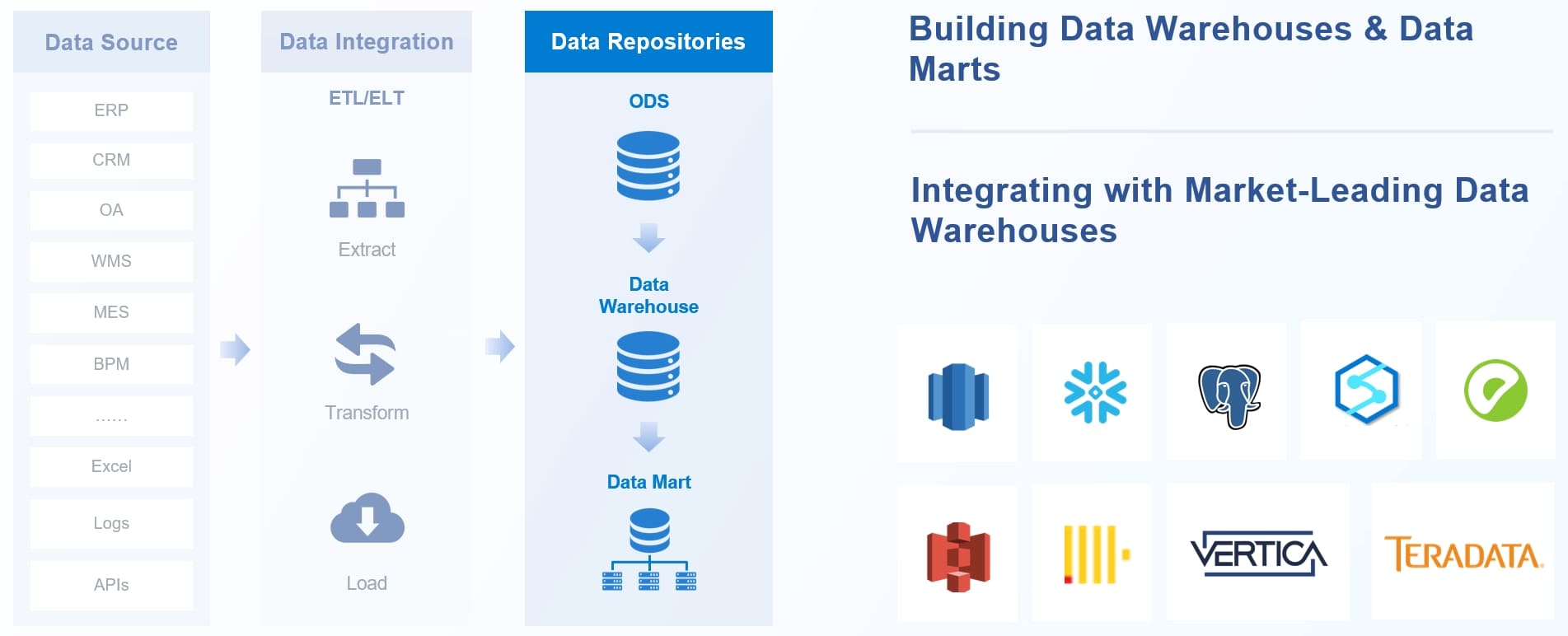
Data Lakehouse vs Data Warehouse: What is a Data Lakehouse
A data lakehouse gives you a unified platform for managing all your data, whether it is raw, semi-structured, or structured. You benefit from a system that combines the strengths of both data lakes and data warehouses. This approach helps you solve the challenges of traditional two-tier systems, where you often need to move data between separate platforms for analytics and storage.
How It Works
You use a data lakehouse to store large volumes of data in various formats. The platform enforces schemas and supports data indexing, which makes querying and analysis much easier. You can see how a data lakehouse brings together the best features of both data lakes and data warehouses in the table below:
| Feature | Description |
|---|---|
| Unified Data Management | Combines the best elements of data warehouses and data lakes into a single system. |
| Hybrid Nature | A combination of a data lake and a data warehouse. |
| Data Storage | Stores large amounts of data in various formats, similar to a data lake. |
| Structured Approach | Incorporates schema enforcement and data indexing for easier querying and analysis. |
You can integrate raw and structured data for unified analytics. The data lakehouse approach lets you handle unstructured, semi-structured, and structured data. You also get access to management tools for schema and governance. Machine learning and AI help you with data cleansing and preparation, making data processing more efficient.
FineDataLink supports your data lakehouse by enabling real-time data integration and advanced ETL/ELT processes. You can collect data from multiple sources, synchronize it in real time, and schedule tasks flexibly. FineDataLink‘s dual-core engine supports both ELT and ETL, giving you a customized solution for your data analytics needs.

Use Cases
You find data lakehouses useful in many scenarios. They provide unified storage, faster query performance, and cost efficiency. Here are some common use cases:
| Use Case | Description |
|---|---|
| Unified Storage | Combines data lakes and warehouses for a cohesive data platform. |
| Faster Query Performance | Enhances the speed of data retrieval and analysis. |
| Cost Efficiency | Reduces costs for data storage and management. |
| Support for Diverse Data | Handles structured, semi-structured, and unstructured data. |
| Advanced Analytics | Facilitates AI and machine learning applications. |
| Enhanced Governance | Improves data governance and compliance. |
You can use a data lakehouse for real-time analytics, machine learning, and business intelligence. FineDataLink helps you build efficient data pipelines, ensuring your data is always ready for analysis.
Pros and Cons
A data lakehouse offers many benefits, but you should also consider its challenges. Here is a summary:
| Aspect | Data Lakehouse Benefits | Data Warehouse Drawbacks |
|---|---|---|
| Storage Cost | Lowers storage costs for large volumes of new data in real time. | High setup and operational costs. |
| Analytics Support | Supports both traditional BI and advanced analytics like AI and ML. | Limited in deep data analysis due to structured queries. |
| Predictive Capabilities | Enables instant predictive analytics for supply chain and more. | Complex maintenance and deployment. |
| Data Context | Maintains context of data, reducing loss during transfer. | Context can be lost when moving data. |
| Data Management | Designed for data scientists, supports metadata layer building. | Data retention issues with long-term storage costs. |
You gain lower costs, improved consistency, and faster insights with a data lakehouse. However, you may face migration delays and challenges with distributed data sources. FineDataLink helps you overcome these issues by providing seamless data integration and real-time synchronization, making your data lakehouse environment more effective.

Data Lakehouse vs Data Warehouse Comparison
When you compare data lakehouse vs data warehouse, you see important differences in how each system organizes, scales, performs, costs, and secures your data. Understanding these differences helps you choose the right architecture for your business needs. FineDataLink supports both architectures, making integration and management easier.
Structure
The structure of your data platform shapes how you organize, access, and use information. Data lakehouse vs data warehouse structures differ in several key ways. A data warehouse requires you to structure data before storing it. You must define a schema and transform data to fit that schema. This approach works well for business analysts and managers who need consistent, reliable reports.
A data lakehouse gives you more flexibility. You can store raw data of any type without structuring it first. The schema can be applied when you read the data, which is helpful for data scientists and engineers who need to explore and analyze diverse datasets. The table below highlights these structural differences:
| Feature | Data Lakehouse | Data Warehouse |
|---|---|---|
| Data Type | Raw data of all types | Highly structured and unified data |
| Data Structure Requirement | No pre-storage structuring required | Requires data to be structured |
| Schema Approach | Schema on read | Schema on write |
| Access Users | Data scientists and engineers | Managers and business analysts |
| Data Processing Method | ELT (Extract Load Transform) | ETL (Extract Transform Load) |
FineDataLink helps you manage both structured and unstructured data. You can build efficient data pipelines and automate schema management, no matter which architecture you choose.
Scalability
Scalability measures how well your system handles growing data volumes and user demands. Data lakehouse vs data warehouse solutions offer different scalability options. A data warehouse often relies on specialized hardware and rigid structures. Scaling up can be expensive and complex, especially as your data grows.
A data lakehouse uses cloud-based object storage and distributed computing. You can scale storage and compute resources independently. This flexibility lets you handle petabytes of data and thousands of users without major changes to your infrastructure.
- Data warehouse: Scaling often means adding more hardware or upgrading existing systems. This process can disrupt operations and increase costs.
- Data lakehouse: You can add storage or compute resources as needed. The system adapts to your workload, making it easier to support big data and advanced analytics.
FineDataLink supports real-time data synchronization and integration across both scalable environments. You can connect to over 100 data sources and manage data growth efficiently.
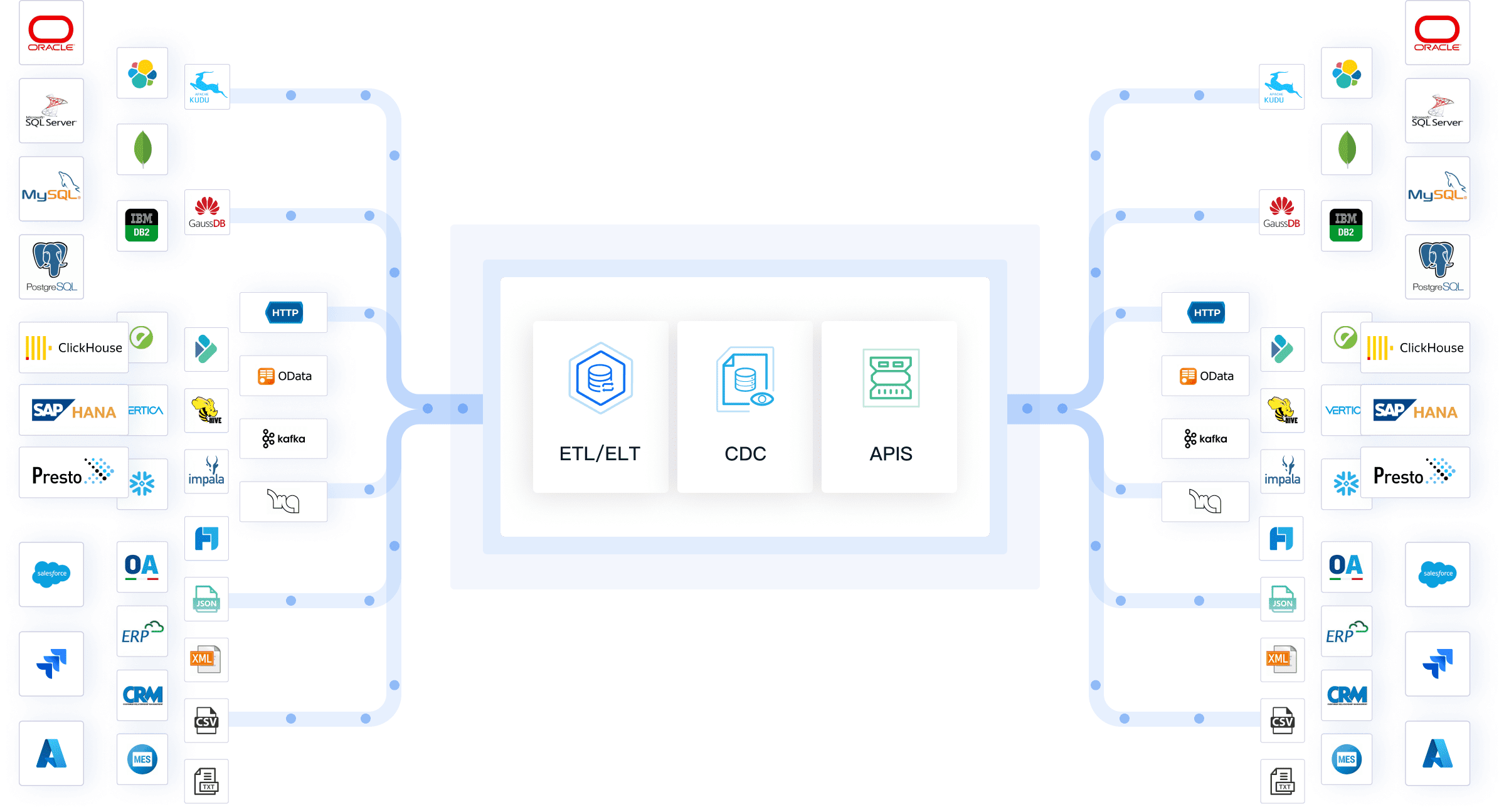
Performance
Performance affects how quickly you can run queries and get insights from your data. Data lakehouse vs data warehouse systems use different optimization techniques. A data warehouse is optimized for structured queries and business intelligence. It uses pre-aggregation, indexing, and partitioning to deliver fast results for standard reports.
A data lakehouse matches or exceeds data warehouse performance for many workloads. It uses indexing, caching, and advanced query optimization. Recent tests show that data lakehouses can process complex queries much faster than traditional warehouses. For example, in TPC-DS benchmark tests, a data lakehouse completed queries in 3,252 seconds, while a data warehouse took up to 37,283 seconds.
| Metric | Data Lakehouse Performance | Data Warehouse Performance |
|---|---|---|
| Query Speed | Matches or exceeds | Optimized for structured data |
| Execution Time (TPC-DS) | 3,252 seconds | Up to 37,283 seconds |
| Optimization Techniques | Indexing, caching, query optimization | Pre-aggregation, indexing, partitioning |
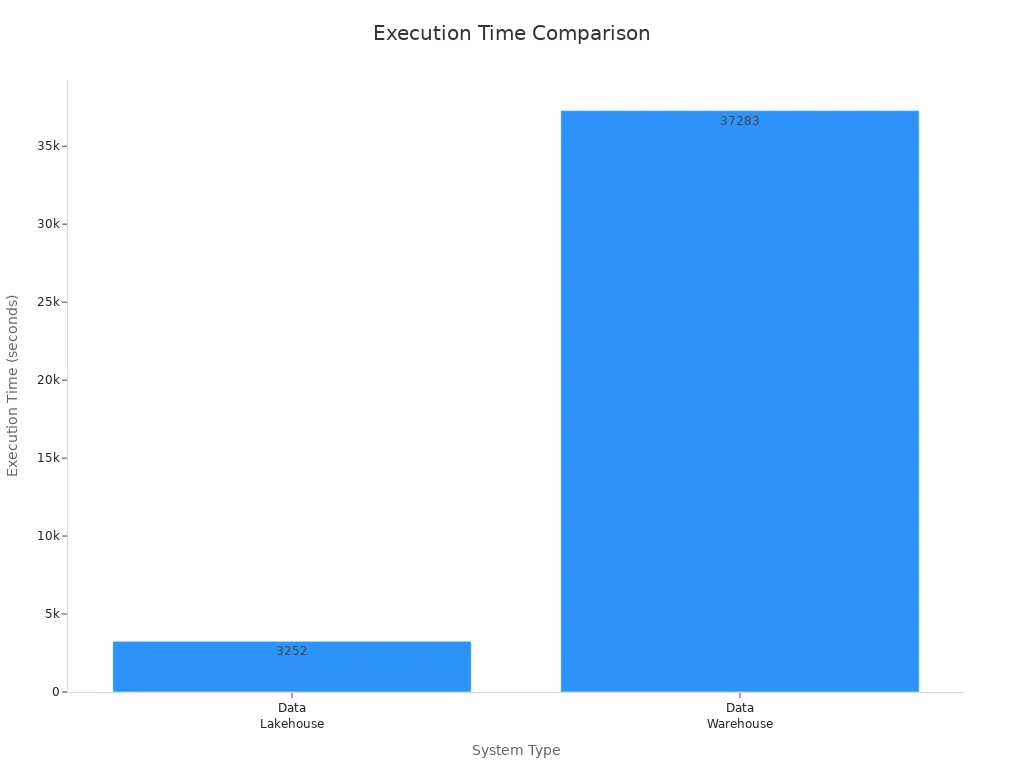
FineDataLink enhances performance by enabling real-time data integration and reducing latency. You can synchronize business databases and keep your analytics up to date.
Cost
Cost is a major factor when you choose between data lakehouse vs data warehouse. Data warehouses have higher storage and maintenance costs. You may pay around $468,000 per terabyte each year for storage. Maintenance requires regular hardware replacements and complex setups.
A data lakehouse uses object storage, which costs as little as $0.023 per gigabyte. Large enterprises can save 50-75% on total costs by switching to a data lakehouse. The unified architecture also reduces operational expenses by eliminating the need to move data between separate systems.
| Feature | Data Warehouse | Data Lakehouse |
|---|---|---|
| Annual Storage Cost | ~$468,000 per TB | As low as $0.023 per GB |
| Cost Efficiency | Higher storage and maintenance costs | 50-75% potential cost savings |
| Maintenance Requirements | High (hardware, setup) | Lower (unified system, less maintenance) |
- Data lakehouses can save you 50-75% on total costs.
- Storage costs drop from hundreds of thousands per terabyte to pennies per gigabyte.
- Unified systems reduce operational expenses.
FineDataLink offers a cost-effective solution for integration and management. You can automate ETL/ELT processes and reduce manual work, saving both time and money.
Security
Security and compliance are critical for any data platform. Data lakehouse vs data warehouse systems both address these needs, but in different ways. A data warehouse uses strict access controls and encryption to protect structured data. You can manage user permissions and monitor activity to meet compliance requirements.
A data lakehouse builds on these features. It collects more metadata and supports granular governance rules. You can control access at a detailed level and ensure compliance with data privacy laws. Built-in support for ACID transactions, metadata management, and quality controls keeps your data accurate and auditable.
- Manage identity and access using least privilege.
- Protect data in transit and at rest.
- Secure your network and endpoints.
- Meet compliance and data privacy requirements.
- Monitor system security.
Lakehouses address the governance limitations of traditional data lakes by adding these controls. FineDataLink helps you implement security best practices across both architectures. You can automate data governance, monitor access, and ensure compliance with industry standards.
Tip: FineDataLink provides a unified platform for integration, real-time synchronization, and data governance. You can manage your data securely and efficiently, whether you use a data lakehouse, a data warehouse, or both.
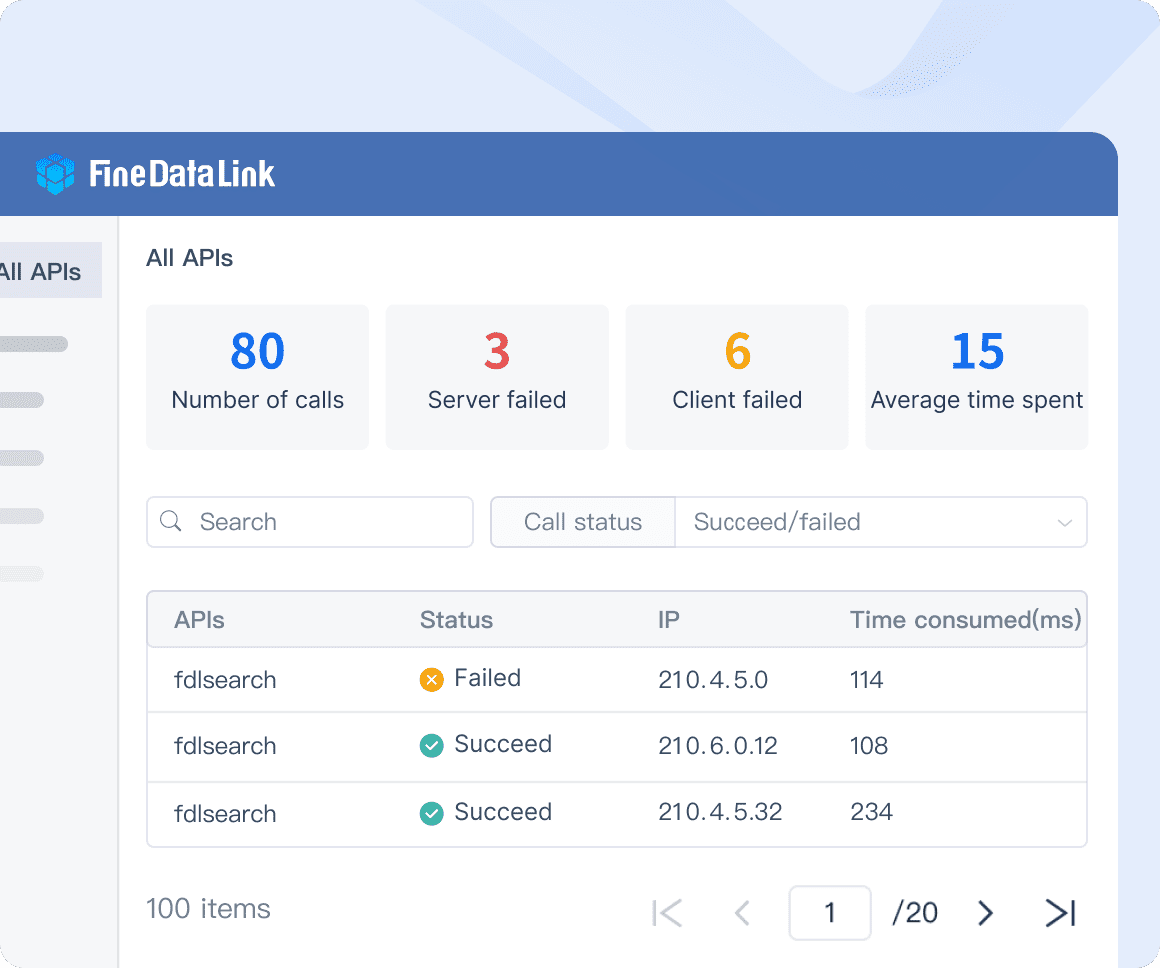
Choosing the Right Solution Data Lakehouse vs Data Warehouse
When to Use Data Warehouse
You should choose a data warehouse when your business relies on structured data and needs consistent, reliable reporting. This solution works best if you require standardized reports, compliance, and historical tracking. Many organizations turn to a data warehouse when they face challenges from growing, distributed data across multiple systems. Companies going through mergers or acquisitions often need a data warehouse to resolve inconsistencies and build trust in their analytics platform. If your business struggles with poor data culture or needs to improve advanced analytics platforms, a data warehouse can help create a strong foundation.
Key factors to consider:
- Structured data requirements
- Need for regular, standardized reports
- Compliance and data governance needs
- Integration of data from multiple systems
When to Use Data Lakehouse
A data lakehouse fits best when your organization handles a mix of structured, semi-structured, and unstructured data. You benefit from this architecture if you want to enable real-time analytics, machine learning, or advanced analytics platforms. Before you implement a data lakehouse, review your current application landscape and ensure your systems can support both batch and real-time processing. Align your data lakehouse with business goals, such as improving machine learning workflows or supporting diverse analytics use cases.
Consider a data lakehouse if you need:
- Unified storage for all data types
- Real-time and batch analytics
- Scalability for growing data volumes
- Flexibility for evolving business needs
Real-World Examples
| Industry | Use Case Description | Real Example |
|---|---|---|
| Healthcare | Unifying EHR data with clinical notes and imaging for research | Regeneron adopted a lakehouse to analyze genomic and clinical data. |
| Finance | Real-time data for fraud detection and personalized banking | Robinhood uses a lakehouse for fraud detection and analytics. |
| Manufacturing | Global data integration and real-time reporting | DAS Corporation built an enterprise data warehouse for unified analytics. |
| IoT | Managing continuous data streams for predictive maintenance | GE Digital leverages a lakehouse for IoT sensor data management. |
These examples show how different industries use data lakehouse vs data warehouse to solve unique business challenges.
FineDataLink Integration
FineDataLink helps you bridge the gap between data lakehouse vs data warehouse. You can use FineDataLink for seamless data integration, real-time synchronization, and advanced ETL/ELT development. The platform supports over 100 data sources, making it easy to connect your business systems. FineDataLink's low-code interface allows you to build efficient data pipelines, automate data management, and ensure high-quality analytics. Whether you choose a data warehouse or a data lakehouse, FineDataLink gives you the flexibility and scalability to meet your business goals.
Tip: FineDataLink empowers your team to manage complex data integration tasks, streamline analytics, and unlock the full value of your data.
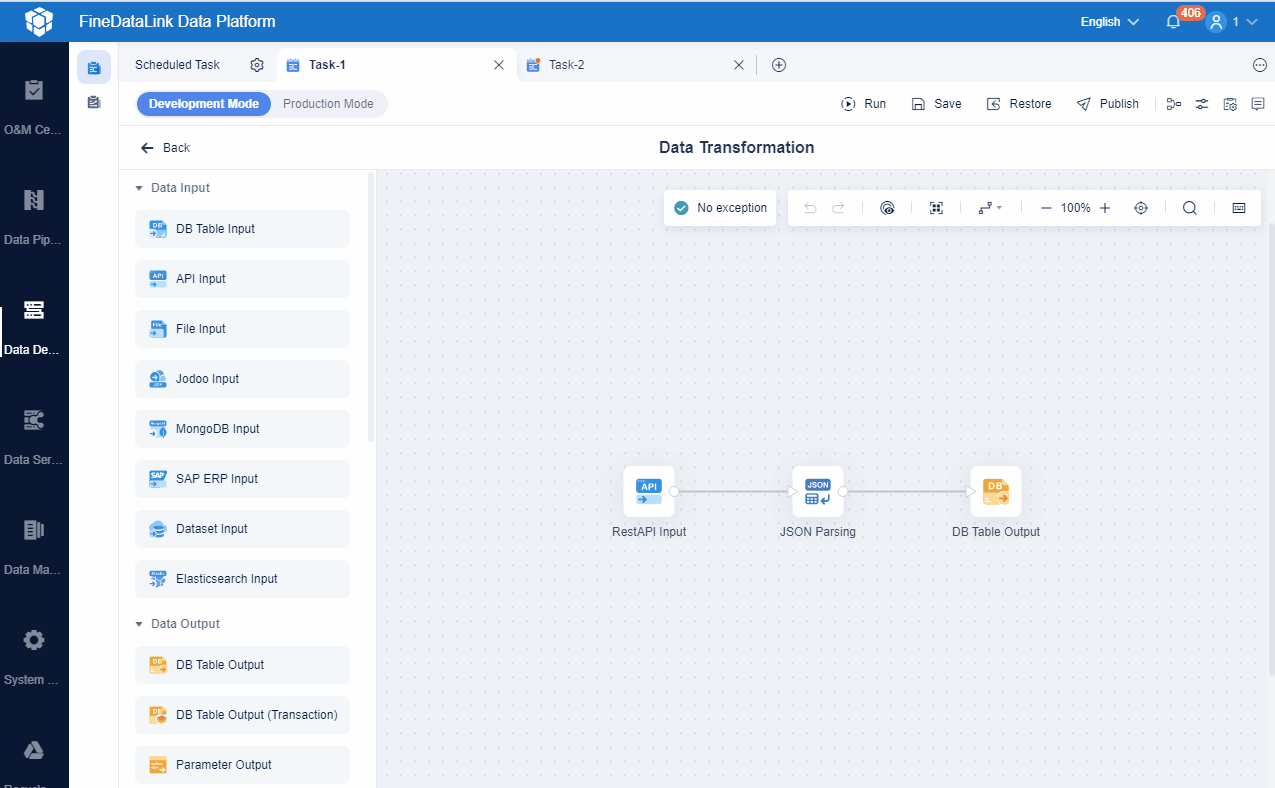
You now understand the main differences between a data lakehouse and a data warehouse. A data lakehouse gives you flexibility for all data types and advanced analytics, while a data warehouse offers strong structure for business reporting. When you choose a solution, think about your data needs, growth, and security. FineDataLink helps you manage data efficiently. Consider these factors when evaluating integration platforms:
| Consideration | Description |
|---|---|
| Scalability | The platform should grow with your business or it will slow you down. |
| Integration Capabilities | Ensure the platform works with your current tools for easy workflows. |
| Security | Do not trade strong security for easy use; your data must stay safe. |
| Developer Experience | An easy interface helps your team learn the platform quickly. |
| Cost Implications | Know the total cost to avoid budget surprises and ensure good value. |
Review your data strategy and explore modern integration platforms to unlock more value from your data.
Data asset management means you treat data as a valuable business asset. You use management strategies to organize, protect, and leverage data for growth. With more organizations relying on data, you face challenges like fragmented systems, data silos, and inconsistent management. Over 80% of enterprises struggle with complex data governance, and most use less than half of their structured data. Analysts spend 80% of their time finding and preparing data, which slows decision-making.

You need effective data asset management to unlock operational value, improve data accessibility, and reduce risk. Integrated solutions such as FineDataLink help you overcome these obstacles and support better management across your organization.

Continue Reading About Data Lakehouse vs Data Warehouse
Enterprise Data Integration: A Comprehensive Guide
What is enterprise data and why does it matter for organizations
Understanding Enterprise Data Centers in 2025
Enterprise Data Analytics Explained for Modern Businesses
FAQ

The Author
Howard
Data Management Engineer & Data Research Expert at FanRuan
Related Articles

Comparing Data Quality Tools for Features and Pricing
Compare data quality tools for features and pricing to find the best fit for your business needs, including integration, scalability, and cost.
Howard
Nov 18, 2025

Understanding Data Warehousing Concepts for Beginners
Understand essential data warehousing concepts, including integration, modeling, and quality, to organize and analyze business data for smarter decisions.
Howard
Nov 18, 2025
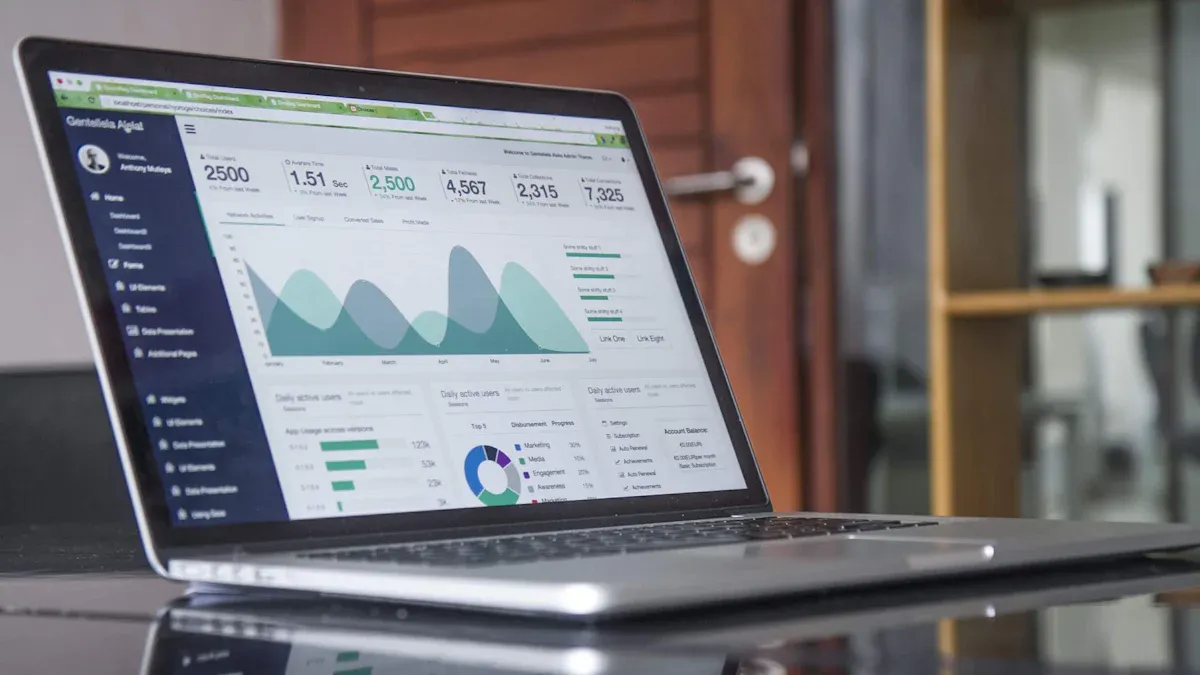
What to Look for in Data Ingestion Tools for Your Business
Compare data ingestion tools by scalability, integration, security, cost, and user experience to find the best fit for your business needs.
Howard
Nov 18, 2025



